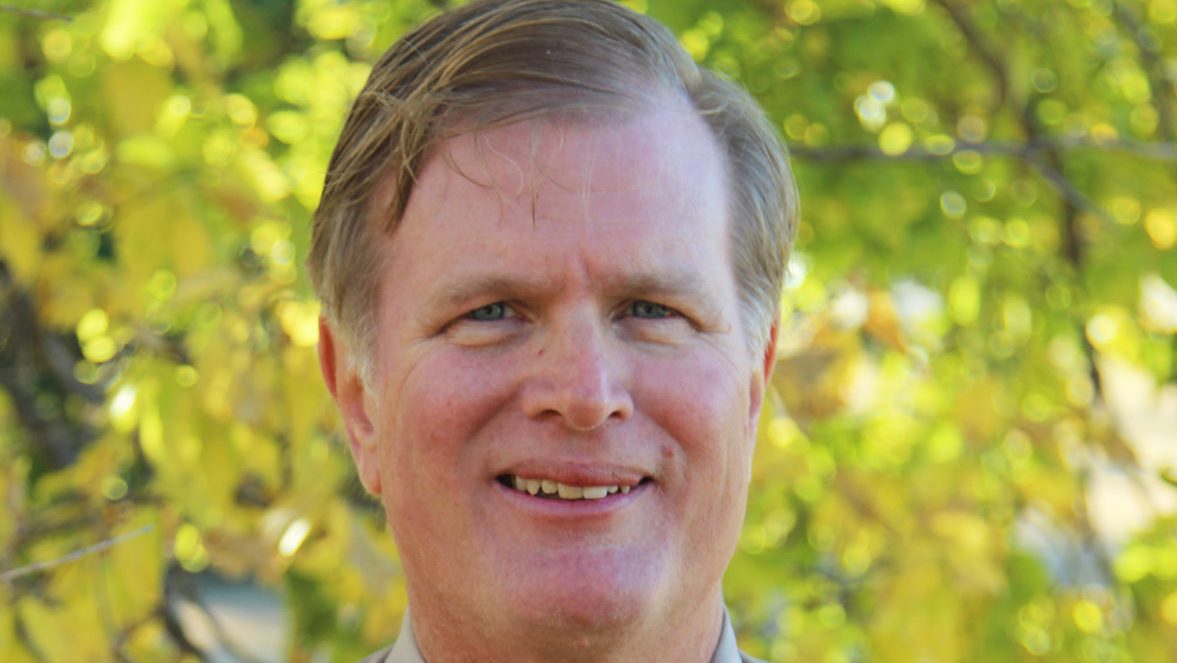Wildfires’ devastation tough, response is heart warming

“Dust in the Wind” was a popular song in the late 1970s by the group Kansas, and events that unfolded this past week show how quickly dust and wind can change the lives and livelihoods of those who call the High Plains their home.
The panhandle of Texas and west Oklahoma have been in the bull’s-eye of Mother Nature’s latest rage with high winds. The fires have burned more than 1,900 square miles with the largest fire known as the Smokehouse Creek with about 1,700 square miles that touched into Oklahoma.
Many miles of scorched land
Since Feb. 25, the Texas A&M Forest Service had responded to 56 wildfires that had burned more than 1.25 million acres, according to Texas AgriLife. Media outlets have said the fire’s size would engulf the state of Rhode Island, to help lend perspective to its damage, which is still being calculated.
The Texas Cattle Feeders Association noted the outpouring of support the region has received. “We extend a sincere thank you to the first responders who have worked tirelessly to fight the fires, and we send our thoughts and prayers to all who have experienced losses due to the fires.
“As the devastation continues and eventually rebuilding begins, we encourage the cattle feeding community to come together to help in any way they can, whether it be prayers, donating materials, time or money.”
The High Plains region is a large community, and when wildfires struck Kansas, Oklahoma, Colorado, New Mexico and Nebraska, neighbors from states many miles away responded to help. Today it is encouraging to see the help they are offering the Texas and west Oklahoma ranchers.
We encourage people to go to hpj.com to note the organizations where they can send donations or drop off needed supplies.
Support needed for rural departments
The latest wildfire is an important reminder to support rural fire departments, whether it is through taxes, contributions or helping with fundraisers. The High Plains region is sparsely populated. Stories are many of firefighters who have jobs sometimes 30 to 40 miles away and that make fighting the fires much tougher. Experienced firefighters understand that the quicker the response the easier it is to control damage.
Certainly the Smokehouse Creek fires and the large ones we have seen in the past 10 years are so massive that it had to play out the way Mother Nature’s fickle wind blew, but the past 10 years we’ve seen local, regional state management agencies work together to provide coordinated responses.
The good news of a forecast with lower wind speeds and cooler temperatures as well as a heightened chance of rain March 6 and 7 will provide important relief to ranchers, residents and firefighters. Moisture will help restore the prairie and provide hope to all.
When Mother Nature’s maddening outbursts cause calamity, the High Plains populace responds. That should make us all take heart in our neighborhood.
Dave Bergmeier can be reached at 620-227-1822 or [email protected].
